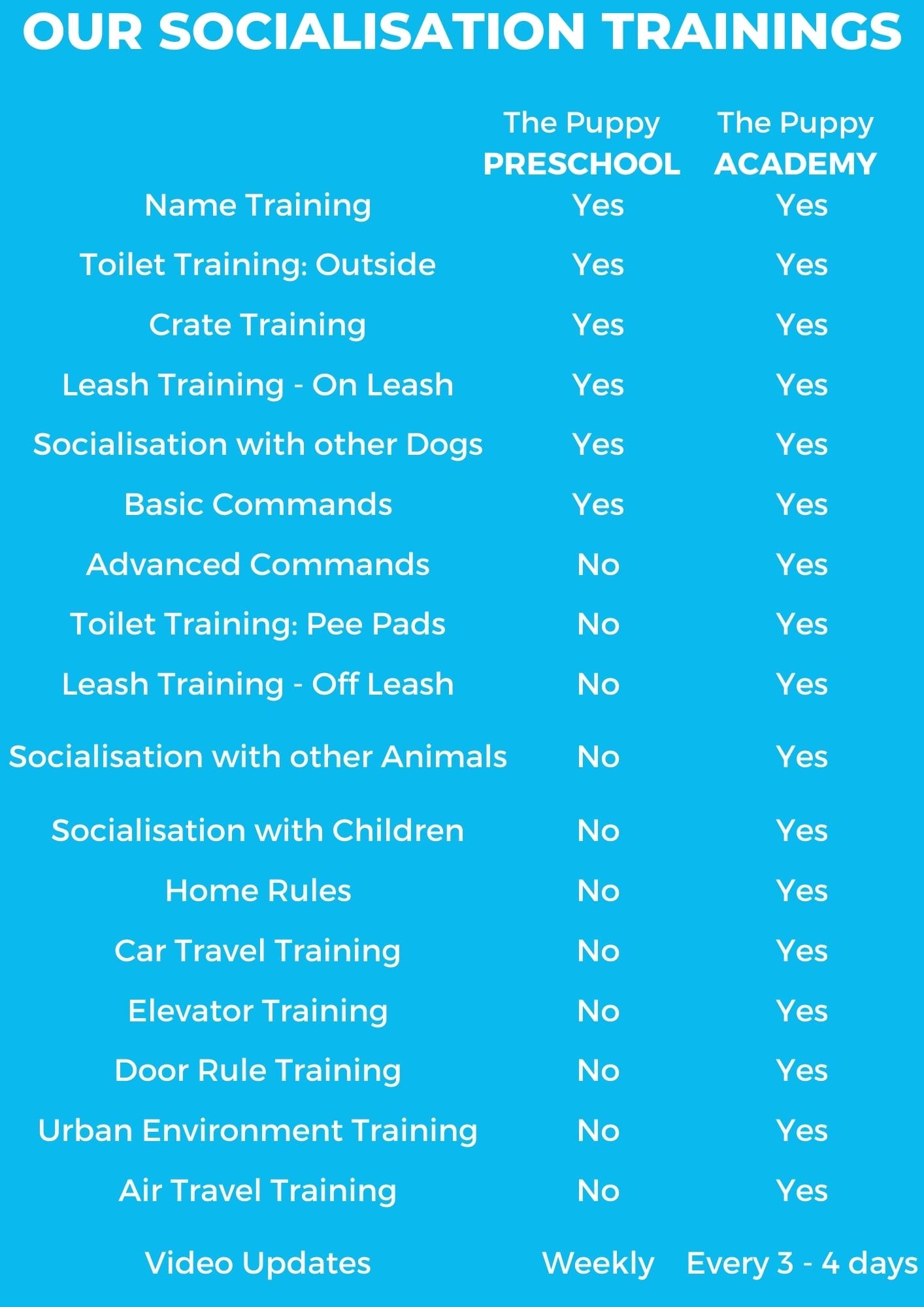
Labrador Retriever
Originally developed as a gun dog and retriever, the Labrador Retriever breed is muscular, medium to large sized. Working Labradors tend to have lighter builds than Conformation or “show” Labradors, which are a little shorter and stockier.
Labradors usually have broad heads with noticeable eyebrows above large gentle eyes. Their floppy ears hang close to the head. A Labrador should have quite a chunky muzzle that, while not tapered, still looks handsome. The body is muscular and powerful. As Labradors were bred to retrieve waterfowl, they are excellent swimmers thanks to their webbed feet and strong legs.
Labrador Retriever breed attributes
About Labrador Retriever breed
Description
Originally developed as a gun dog and retriever, the Labrador Retriever is a muscular, medium to large sized dog. Working Labradors tend to have lighter builds than Conformation or “show” Labradors, which are a little shorter and stockier.
Labradors usually have broad heads with noticeable eyebrows above large gentle eyes. Their floppy ears hang close to the head. A Labrador should have quite a chunky muzzle that, while not tapered, still looks handsome. The body is muscular and powerful. As Labradors were bred to retrieve waterfowl, they are excellent swimmers thanks to their webbed feet and strong legs.
Origin: England/Canada
Look
The Labrador Retriever’s coat is short and water-resistant, and easy to care for. The occasional brushing and bath should be enough to keep your Labrador’s coat in great condition. Labrador Retrievers usually shed twice a year, but if you live in a warmer climate then your Labrador will probably shed more often. The Labrador’s coat comes in several colours: chocolate, black, and yellow.
Health
Health: The Labrador Retriever is generally a healthy dog, but is prone to a few health conditions:
• Hip dysplasia
• Elbow dysplasia
• Cataracts
• Ear Infections
• Osteochondrosis Dissecans (OCD)
• Progressive Retinal Atrophy
• Epilepsy
• Myopathy
• Gastric Dilation Volvulus (Bloat)
• Tricuspid Valves Dysplasia (TVD)
• Acute Moist Dermatitis
• Cold Tail
At Newdoggy.com we promote puppies coming from reputable breeders, who use genetic testing and good breeding practices to remove genetic conditions from their breeding lines. Newdoggy.com’s Health Guarantee certifies that all promoted puppies are in good health.
Learning
Labradors are very sweet tempered, but they still need training to channel their energy productively. They need to learn good manners as they are quite large and could easily knock someone over with a boisterous jump.
Labrador Retrievers are very clever dogs and are equally eager to please: both reasons why they are often used as service dogs. You can start basic training from an early age. Your clever Labrador pup should do just fine. Since Labradors are energetic, you can try various canine activities as your dog grows up, such as obedience classes or canine agility (make sure your dog has fully matured before starting any strenuous exercise or training, to avoid damage to the joints). Activities such as these are an excellent outlet for your dog’s energy and intelligence.
Temperament
The Labrador Retriever breed is famous for its friendly and gentle nature. They are sweet and eager to please, and tend to get on with almost everyone: even other animals like cats. Labradors tend to be energetic, as they were originally bred as working dogs, but daily exercise and training should prevent your Labrador from becoming too boisterous and rowdy. Make sure you give your Labrador both mental and physical activities.
Living with
A Labrador Retriever is happiest with his or her family. They generally do not like to be left alone for long periods of time, or left outside while their family is inside. They will often show this unhappiness by chewing, digging, and other destructive behaviours.
As Labradors are so energetic, you’ll need to set aside time for exercise. 30 to 60 minutes a day of walking and playing will help to tire your dog out. Be careful when exercising your Labrador. This breed is prone to joint problems. Avoid letting a young Labrador (under two years old) run and jump on hard surfaces such as concrete, or from doing very strenuous exercise. Ask your veterinarian for advice.
Find Labrador Retriever Puppies for Sale
New litter alert
Please fill in the below form and we will let you know when a new Labrador Retriever litter arrives.





















